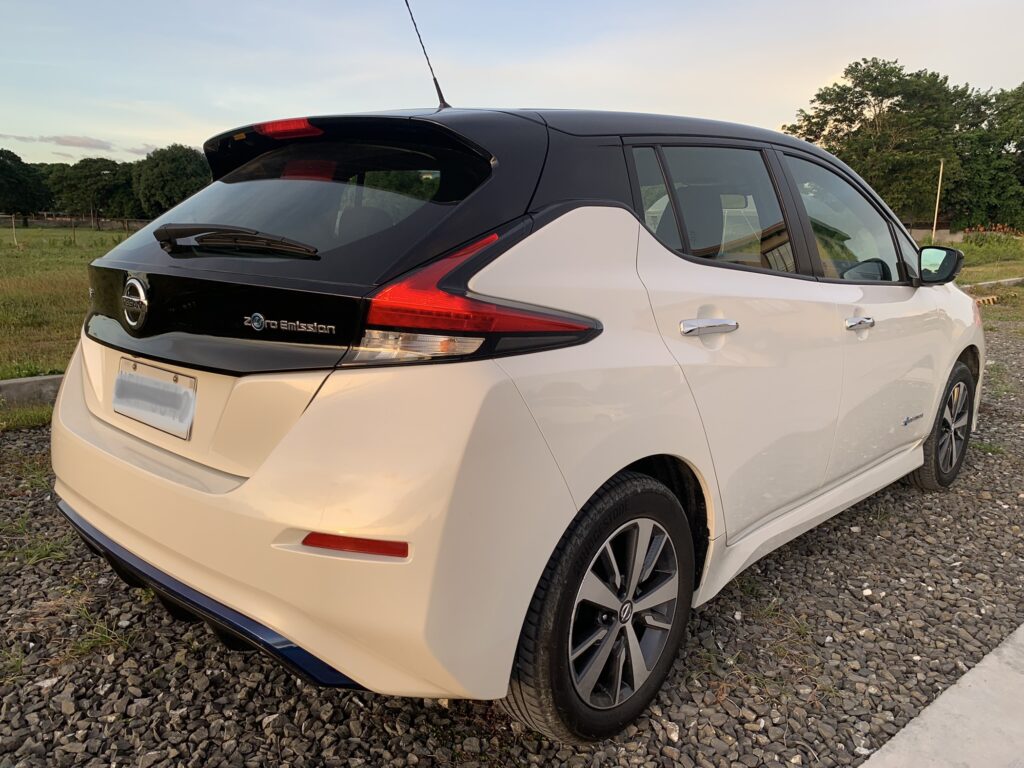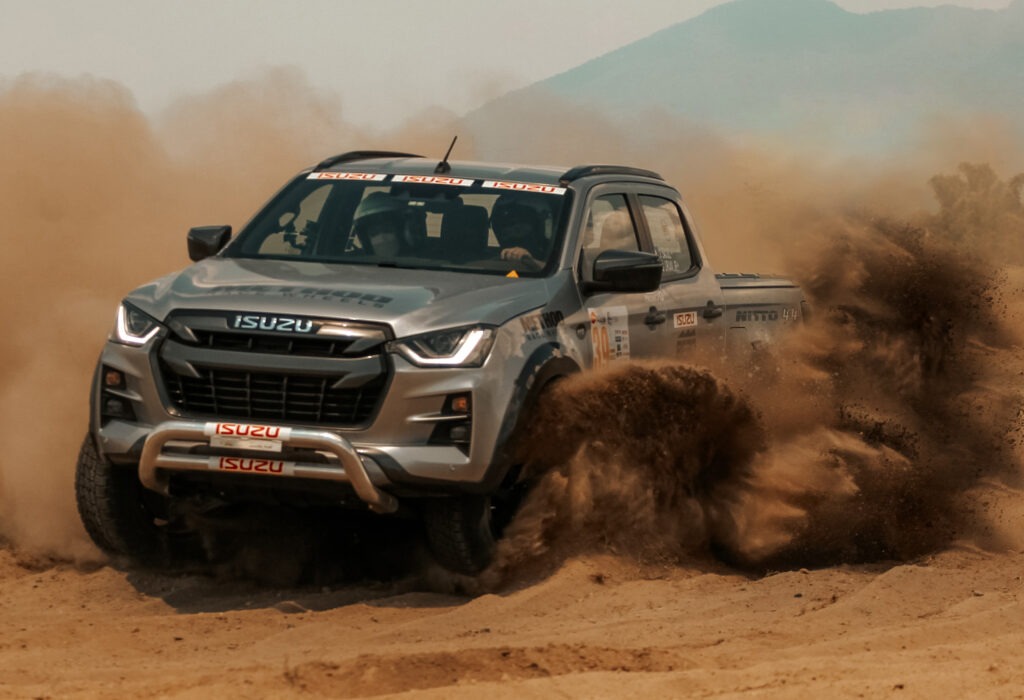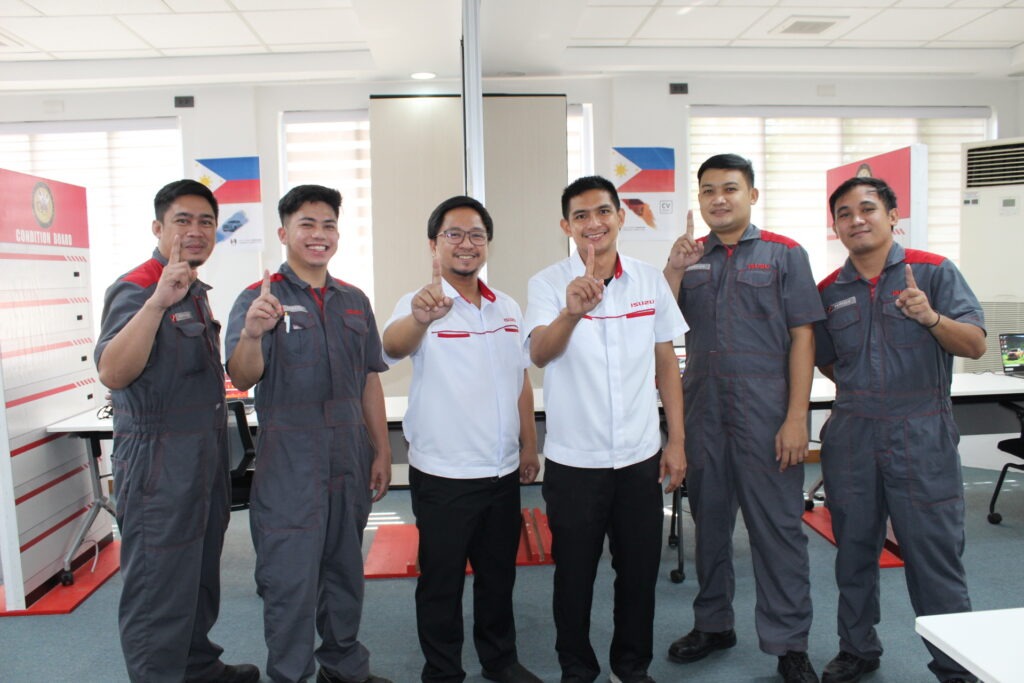There are many paths to a single solution. This has been the underlying philosophy of automakers to characterize their efforts toward the reduction, or even the elimination, of carbon emissions in their vehicles.
Some have taken the path of developing full battery-electric propulsion systems, others are taking the hybrid road. Many are combining these pathways—developing an EV here, a hybrid there, sprinkle in the occasional plug-in hybrid EV—and even seriously consider extracting hydrogen from abundant sources (such as water) to use as clean fuel.
This multi-pronged solution could very well be the best approach, as what global giants such as Toyota are adopting. Personally, I’m quite excited to see what technology prevails in the end. At the end of the day, it’s the air that we breathe, and the climate that we all live in, that will be greatly impacted by such game-changing efforts. Ultimately, all of humanity stands to benefit.
I consider it a once-in-a-lifetime opportunity that I was able to drive the hybrid Toyota Prius in its first years in the country, and in 2014, Toyota’s first mass-produced fuel-cell vehicle the Mirai at the very plant in Japan where it was first produced.
The Nissan Leaf: ‘King of EVs’
Full-electric vehicles (EVs) and hybrids, however, seem to be in the early lead in the race for mass market adoption, as shown in global EV sales. One of these EV frontrunners has been the Nissan Leaf. After showing impressive global sales numbers, the Leaf is poised to take this country by storm—well, I mean that in quite a literal sense, as one of the first impressions I had of the Leaf was when it helped provide life-saving power to typhoon-stricken communities in Ormoc City and Cebu in late 2021 via its proprietary V2L (vehicle-to-load) technology.

In a more recent “hands-on” encounter with the Leaf, I was able to take Nissan’s best selling EV for a spin, and I have to say, this vehicle can fulfill the daily driving requirements of a busy city dweller. The battery range is extensive enough that even in post-pandemic rush hour traffic, I really didn’t feel anxious at all. Why? Because 1: A number of establishments such as malls in the Metro are already offering EV charging ports (a quick Google search should do the trick), and; 2) I can charge the Leaf right at home with the charging kit provided. My only wishlist for this particular drive was for me to experience the V2L technology using the Leaf. Unfortunately, the Power Mover package enabling the V2L was unavailable at the time.
For its fearlessness to use the Leaf to do good even beyond the confines of the comfy cabin, Nissan Philippines Inc. deserves the title of “EV king for 2022”.
The Honda BR-V: ‘King of customer communications’
A vehicle, no matter how good it’s made, is nothing without the human experience. That’s why, for Honda Cars Philippines Inc (HCPI), customer feedback and the openness to listen to owners’ experiences are as important as the development of the cars themselves.
That’s what I learned about the exclusive Philippine distributor of the Japanese brand, when I visited its headquarters in Santa Rosa, Laguna last Nov. 8 to check out the all-new BR-V. Of course, I was able to drive the all-new 7-seater BR-V (see main photo) around the HQ’s 400-meter test course and noticed the differences between this and the previous iteration: Blind spots were removed; driving eye-level has been improved, thanks to the enhanced seat height, and; the vehicle’s overall bigger dimensions. The test track—which interestingly bore the signage of a Twin Ring course—featured a ramp with a 30-percent slope.
What got my attention more was the fact that the BR-V turned out to have a high repurchase rate of 15 percent—meaning that many previous BR-V owners bought a new BR-V. HCPI added that some owners of other Honda vehicles bought the BR-V this time because of the need for bigger cabin space (perhaps because of the addition of a new member of the family). The BR-V is, aside from being more spacious, is also flexible with its full-foldback rear seats.
The new BR-V has also been tested fuel efficient, yielding 24.71 km/liter in economy runs. This, combined with its 5-star Asean NCAP rating and the Honda Sensing suite of safety features for the VX CVT, variant, makes the new BR-V appealing to both first-time and repeat buyers.
I recently asked HCPI product planning manager Maiko Viar how much of the new BR-V’s new features were influenced by feedback from current BR-V owners. She replied, “We listen. Whenever we see comments, we take it into consideration, that’s why we really read write-ups online and in print). We join clubs. Lurker tayo.”
She added, “We integrate the feedback in our proposals, so as we can see, the top three (recommended changes) have been: The height adjuster, which is already available now; the illumination on the shift knob, and; the visibility. There are a lot more, which even includes the dimensions.”
Since its Philippine introduction in 2016, the BR-V has sold over 23,000 units, and for the 2nd generation, HCPI expects the BR-V to account for more than half of all its vehicle sales in 2023, which would be around 10,000 units.
For this productive back-and-forth between maker and user, the Honda BR-V is my “King of customer communications” for 2022.
Isuzu: ‘King of diesel tech and service’
Just like the previous years, Isuzu Philippines Corp again dominates the diesel-powered truck industry. From its vehicles, to its skilled personnel, this perennially front-running truck maker from Japan has been showing everyone who’s the boss.
For starters, its two D-Max 3.0 LS-E 4×4 AT rally vehicles, both bearing minimal mods and driven by offroad pros Mon Dimapilis and Louie Camacho, dominated three categories in the 2022 Philippine Rallycross Series (PHRX) held last May at different dirt tracks in Cavite and Pampanga.

In 9 rounds of technical dirt driving, the D-Max team secured a 1-2 finish in three classes, with Camacho bagging overall champion for the pick-up, utility vehicle and all-wheel drive class, while Dimapilis came in 1st place in all three classes.
Apart from the racing seats and harness, the only modifications done to the D-Max rally vehicles were limited to suspension and tires. Their powerful 4JJ3-TCX Blue Power diesel engines, paired with the drivers’ rally expertise, were winning combinations.
Then, IPC also emerged a winner in the recently concluded 17th Isuzu World Technical Competition, which is also dubbed the “I-1 Grand Prix”. The Philippine team got second and third place in the commercial vehicles (CV) and light commercial vehicles (LCV) divisions, respectively.
A total of 49 countries and 61 teams participated in the 2022 I-1 GP E-Competition, including teams from Japan, China, and Thailand. The event was held virtually, with strict supervision by headquarters Isuzu Motors Limited (IML) in Japan.
Team Isuzu Philippines also won in the individual category in this year’s e-competition. Arjay Ang-Angan of Isuzu Pasig and Vicente Collantes of Isuzu Alabang bagged 2nd and 4th place, respectively, in the CV Division Individual Category. Gian Franco Cosico from the IPC training department served as the duo’s head coach, For the LCV division, Reynaldo Gepulle of Isuzu Alabang won third place, and Edcel Saluday of Isuzu Pagbilao got 4th place, with Carl Edson Lat as coach.

The IPC aftersales team and Isuzu dealers have combined efforts to be included in the top 5 of both divisions for 10 years now, highlighted by two number one titles in 2015 and 2018.
During the virtual awarding ceremony, IPC also received the Triple Star Awards, the highest rating granted to Isuzu distributors who have met the aftersales service standards set by IML.
For these achievements, IPC deserves the “King of diesel tech and service” title.











